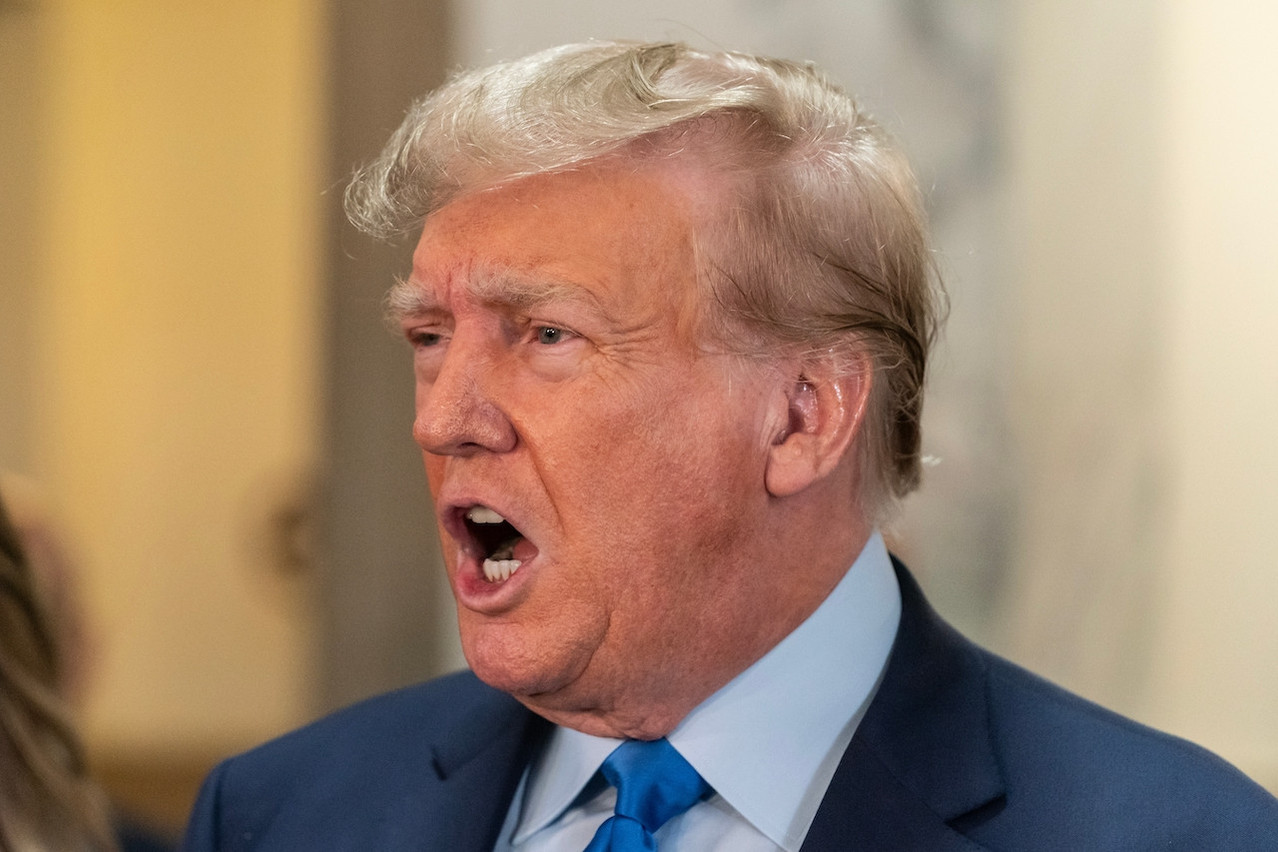Donald Trump has said that he will not defend countries that do not contribute enough to the Nato budget, including Luxembourg. “No, I would not protect you,” he said last weekend. “In fact, I would encourage [Russia] to do whatever the hell they want. You got to pay. You got to pay your bills.”
The rules in force
The North Atlantic alliance is funded by contributions from member states. These direct contributions are used to finance the organisation’s budget of €3.8bn for 2024. On this point, there is no problem. The problem lies with a rule set in 2006. Since then, each country has had to devote at least 2% of its GDP to ensuring the alliance’s operational readiness. At present, only 12 of the 31 members meet this minimum requirement.
And six countries have been singled out by Donald Trump: Germany, which devotes 1.6% of its GDP to defence, Italy (1.5%), Slovenia (1.4%), Spain and Turkey (both 1.3%) and, last in the ranking, Luxembourg, which devotes 0.58% of its GDP according to Nato, but 0.62% according to Luxembourg’s ministry of defence.
Russia’s war in Ukraine has prompted European countries to devote more funds to military activities, which will automatically lead to progress for countries lagging behind. But what about Luxembourg? The country seems a long way from the 2% target.
2% of what?
At the Nato parliamentary assembly in Luxembourg in , the former government under then PM (DP) set itself the target of spending €649m on defence in 2024--or 0.77% of GDP--and of reaching 1% in 2028 with a level of spending of €994m. Although Luxembourg doubled its budgetary commitments between 2014 and 2022, the 2% threshold seems unattainable.
“Increasing defence spending to 2% of GDP, or €1.7bn, would be tantamount to devoting 7.5% of the state budget to defence”, observed defence minister at the time, (déi Gréng), now an opposition MP. In any case, what would this money be spent on? In a country of 650,000 inhabitants and a GDP boosted by cross-border commuters, equipment--the main source of expenditure in military budgets--cannot be multiplied. Is it really relevant to have more tactical vehicles than soldiers in the long-term?
The alliance has taken the country’s difficulties into account. At the Nato summit in Vilnius in , Luxembourg’s partners changed the rule for calculating member countries’ contributions for Luxembourg. Gross national income has replaced GDP, significantly lightening the bill. As a result, in order to meet its commitments, the country’s military spending will have to reach the €1bn mark. This is an amount in line with the Bettel government’s commitments.
Frieden government’s ambitions
We will have to wait until the draft budget is tabled on 6 March 2024 to see whether this promise will be kept by the new government under PM . The coalition agreement reaffirmed the objective of “increasing the defence effort to two per cent of gross national income (GNI) in the medium term”.
As to how this money will be spent, the coalition agreement stated, without giving any further details, that “the Luxembourg army will be modernised in order to better respond to current geopolitical challenges”. It also stated that “as part of the increased investment, the government will adopt a concerted approach at state level to strengthen the country’s resilience in the face of crises. It will seek to create synergies with other sectors, giving priority to projects that have a positive impact on Luxembourg in both social and economic terms... In order to do justice to technological advances and to meet operational needs, Luxembourg will continue to develop its military capabilities in the air, cyber and space sectors.”
Speaking before parliament’s defence committee, defence minister (DP) said that she wanted to honour the commitments made by the previous government. The minister stated that “the objective is to reach 1% of GDP for defence spending by 2028 at the earliest, which corresponds to €1,030m and 1.48% of gross national income (GNI). In the medium and long term, a roadmap will be put in place to reach the threshold of 2% of gross national income (GNI). This will be presented to the members of the parliamentary committee ahead of the Nato summit scheduled to take place in Washington in mid-July 2024”.
Where Luxembourg has a card to play is in the area of major equipment and R&D. While Nato has set a target of 20% expenditure in this area, Luxembourg is at 52%. And projects are multiplying. The most recent include the the project and the contribution to the Fund.
Originally published in French by and translated for Delano
